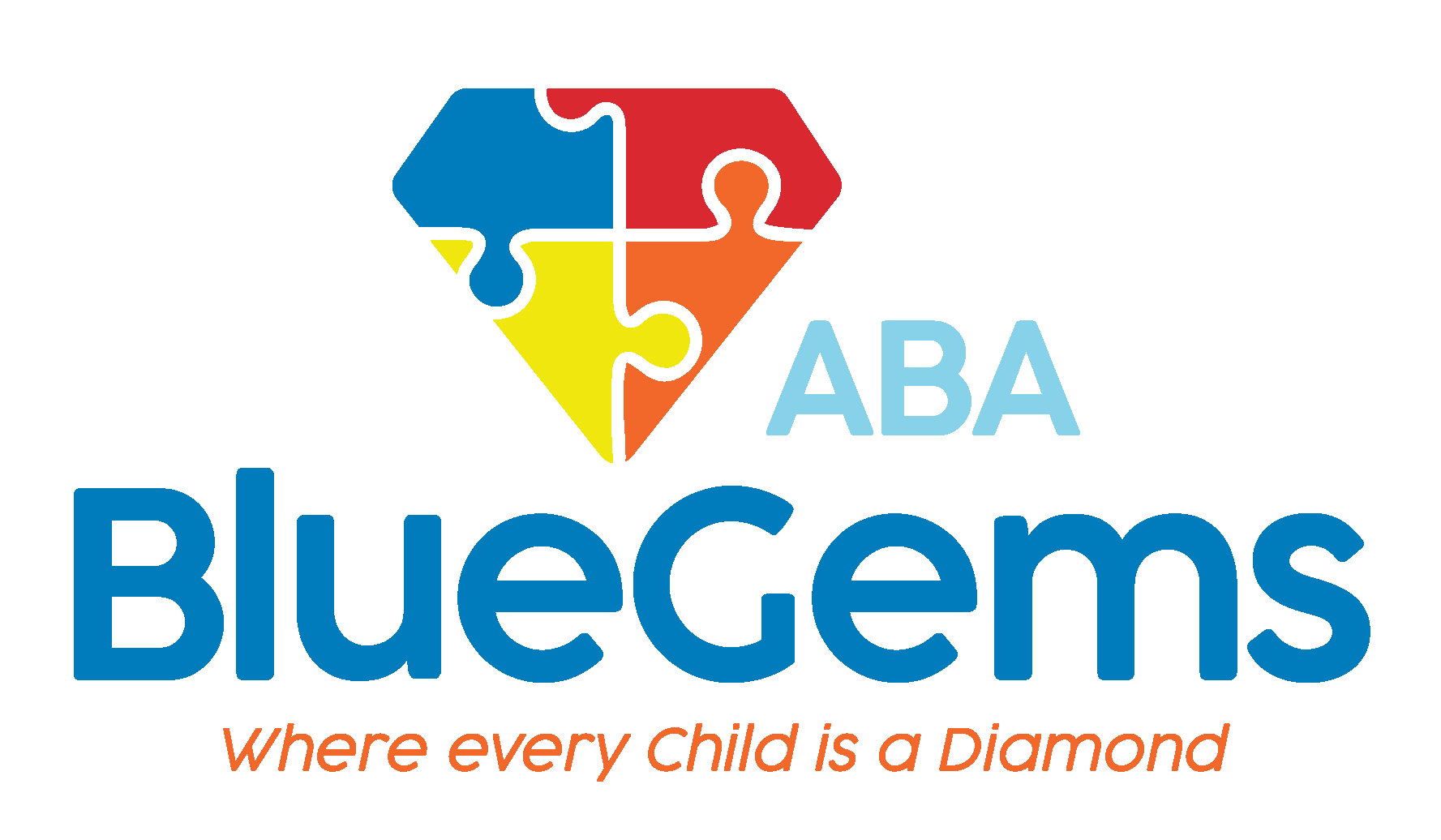How Many Babies Have Been Born With Autism This Year?
Autism prevalence has increased significantly and consistently in the United States over the last 25 years. The U.S. Centers for Disease Control and Prevention estimates that one in 36 children will be diagnosed with autism spectrum disorder (ASD) in 2025 alone.
That 2.8% prevalence rate represents a big increase from the 2.3% rate (one in 44 children) recorded back in 2018, and a huge increase from the 0.67% rate (one in 150 children) recorded in 2000.
With this information and other data in hand, we can answer how many babies have been born with autism this year.
How many children have already been born with autism in the United States in 2025?
*Updated once a minute, please refresh to see latest results
Census.gov states that a new baby is born every nine seconds in the U.S. Using that information, the table above is able to calculate an estimate of how many children with autism have been born to date in 2025.
This doesn’t mean that any of those babies have been actually diagnosed yet, though, since most children aren’t officially diagnosed with ASD until they’re close to 5 years old.
Thanks to advanced research done in recent years, autism can be reliably diagnosed by the age of 2. This makes it very important to identify early signs and symptoms of autism, as well as understand how many children are likely to be diagnosed with ASD in the next few years.
We can use similar data and methods to also determine how many babies have been born worldwide with autism this year.
How many babies have been born worldwide with autism this year?
*Updated once a minute, please refresh to see latest results
The UN has estimated that about 385,000 babies are born across the world every day. That means that roughly 4.46 babies are born every second worldwide.
The World Health Organization has estimated that about one in 100 children will be diagnosed with autism worldwide. Using both of those data sets, we can extrapolate out how many babies worldwide have been born with autism to date.
We can do a similar analysis on a more local, state-by-state level in the U.S.
The CDC, for instance, last provided birth data for each state in 2022. This shows how many births were reported for each state for that year.
If we use the nationwide autism prevalence rate of 1 in 36 children, we can estimate how many babies have been born with autism in each state this year.
This, of course, is a more generalized estimate. States that have larger populations and more new babies being born will naturally have more babies born with autism, according to the table below.
Some states may have higher or lower autism prevalence rates than others, but that data isn’t as readily available as the nationwide data that the CDC publishes
How many babies have been born with autism in each state this year?
*Updated once a minute, please refresh to see latest results
Why Autism Rates are on the Rise
The extreme increase in autism prevalence rates have caused much alarm in the professional and non-professional community. Currently, there isn’t one particular reason why there has been such an increase in autism in the U.S., though there have been various explanations given to explain why this might be.
It’s possible that the advanced research and training about autism in general could be a contributing factor. Since doctors and other healthcare professionals are better equipped with knowledge and tools to spot autism earlier, more children are being diagnosed with ASD that might not have even 20 years ago.
In essence, this could mean that more children don’t actually have autism today than, say, 20 years ago, but that fewer children with autism are being missed — or misdiagnosed.
Other possible contributing factors to the rise in prevalence rate are environmental in nature, such as the fact that many parents have children older today than they did before.
ABA Therapy is the Leading Treatment Option for Children with Autism
With autism rates on the rise, an increasing number of families are seeking treatment for their children who are diagnosed with ASD. While there are many different options available, the clear gold standard is known as applied behavioral analysis.
ABA therapy, as it’s commonly referred to, is a science- and evidence based approach to learning and behavior that helps children with autism build the communication, social and daily life skills with which they may struggle.
Administered on a one-to-one basis, ABA therapy relies heavily on proven methods such as positive reinforcement and repetition to teach these skills and to help children improve on them over time.
The treatment is highly personalized and highly flexible, with ABA therapists adapting the plan to each individual child as they make progress toward stated goals. Parents, other family members, caregivers and others can be brought into the treatment as well, which helps provide support to patients in real-life situations long after sessions are over.
Blue Gems ABA Helps Children with Autism Grow
For many reasons, autism rates are continuing to grow each year, which means the number of babies born with autism will continue to grow, too. That’s why early detection and identification of common signs and symptoms of autism, as well as early intervention programs, are becoming so important.
At Blue Gems ABA, our team of dedicated and experienced therapists conduct ABA therapy with clients every day. They build personalized treatment plans that address each individual child’s unique strengths and challenges, which helps them be more successful at building the skills they need.
To learn more, please contact us today.




